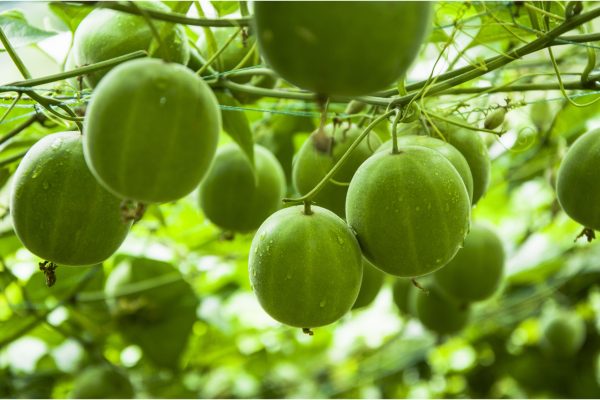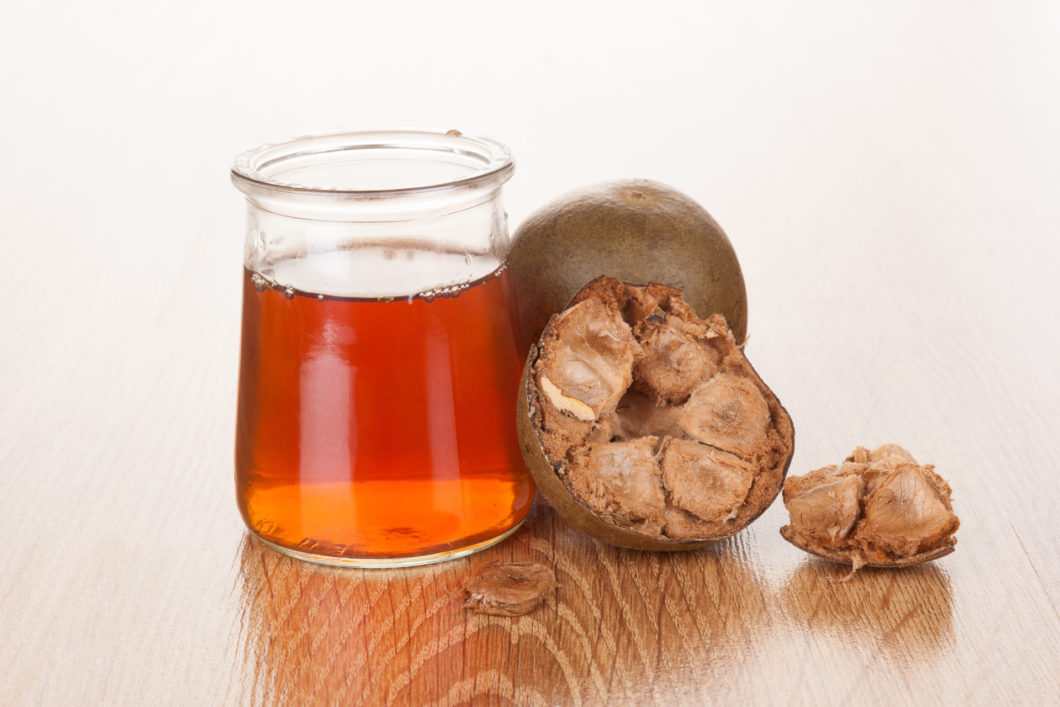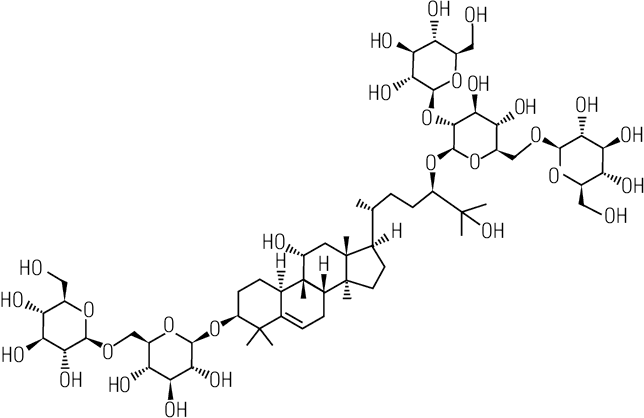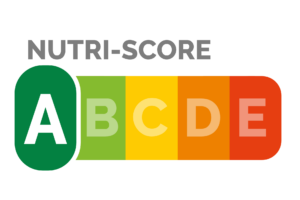Product development • Mogrosides are sweeteners derived from monk fruit – a relative of cucumbers, melons and pumpkins. The plant-based sweetener is up to 600 times sweeter than regular sugar. It is approved in Asia, the United States, Canada, Australia, New Zealand and several Latin American countries. Soon it can also be approved within the EU. In other words, it is high time to get to know the new sweet of natural origin.
A new plant-based sweetener is under review in the EU: Monk fruit extract whose sweetness comes from substances commonly called mogrosides. It is expected to be approved by the European Food Safety Authority (EFSA) late 2020 och early 2021. Therefore, it is time for food geeks and professionals to get acquainted with the new sweetener of natural origin.
Mogrosides give monk fruit its sweetness
In the southern parts of China and the northern parts of Thailand, the Buddhist monks cultivated a plant, whose fruits have an intensely sweet taste. In Chinese, the fruit is called Luo Han Guo, meaning monk fruit. The intense sweetness comes from substances collectively referred to as mogrosides, of which the one denoted by the Roman numeral for five – mogroside V – is most abundant.

The sweetener is already approved in several countries. In 2010, the United States Food and Drug Administration, (FDA), decided that monk fruit extract, with a content of 7 to 95 per cent mogroside V, is ‘generally recognized as safe’ (GRAS). In other words, it can be used as an ingredient in all kinds of foods and drinks.
We are more cautious within the EU. Here we are still investigating whether mogrosides should be approved as a sweetener or not. Decisions are expected in late 2020 or early 2021.

Mogrosides are growing in popularity
It is a global trend that more consumers want plant-based food and ingredients of natural origin. This is especially noticeable in the United States, where the demand for sweeteners based on monk fruit is growing rapidly. Faster than for steviol glycosides. The reason is the many useful properties of monk fruit.
At its best in chocolate and baked products

Mogrosides are up to 600 times sweeter than regular sugar. But the sweetness of monk fruit extract varies with the proportion of primarily mogroside V. Commercially available monk fruit extracts exists from 7 to 95 per cent concentration of mogroside V. Typically, the sweetness of monk fruit extracts ranges from 150 to 200 times the sweetness of regular sugar.
Mogrosides do not contribute calories and do not affect the blood sugar level. However, other substances in monk extract contribute little, but it’s considered negligible.
The bacteria in the mouth leave mogrosides in peace, and therefore, the sweetener does not cause caries.
One of the most significant benefits of mogrosides is its fine and sugar-like taste. The sweetener is also heat-stable and can be used in baked products.
Complement to steviol glycosides
Will mogrosides, with their many useful properties, replace steviol glycosides? Probably not. One solution is to use them together. It is common among food producers in China, the United States and countries in Latin America, where mogrosides are approved. Most likely, we will also see this in Europe.
By combining mogrosides, steviol glycosides and other low-calorie sweeteners, such as the sugar alcohol erythritol, it is possible to meet the desired sweetness, taste and mouthfeel for each unique application. The elegant, sugary-like mogrosides can mask the lingering liquorice-like aftertaste, associated with steviol glycosides.
The cost is optimized in blends

Mixing of mogrosides and steviol glycosides is also done to reduce the cost. Mogrosides are more expensive than steviol glycosides. There are more stevia plantations than there are monk fruit orchards.
Over the years, manufacturers have tested various purity levels, and the conclusion is that a purity level of 40 per cent provides an intensely sweet flavour profile, at a reasonable cost. Higher purity levels, such as 60 per cent, cause the price to skyrocket and the cost will be twice as high. Today, mogrosides are therefore usually sold at a purity level of 40 per cent.
Steviol glycosides are produced in much higher purity levels – and are cheaper than mogroside V. A combination of both, thus gives a good taste profile and price point.
Fibre for texture and mouthfeel
Mogrosides and steviol glycosides are both high-intensity sweeteners. That means that a very small amount of them are required to reach the sweetness of regular sugar. This creates new challenges. If a kilo of sugar is to be replaced with a few grams of mogrosides and steviol glycosides, what should fill the gap of sugar and its consistency and mouthfeel?
There are solutions to create the texture and mouthfeel that consumers expect. One solution is sweetened fibres – dietary fibre sweetened with high-intensity sweetener and other plant-based sweeteners. It replaces sugar 1:1.
Soon approved by the EU?
We already offer sweet fibres with mogrosides to customers outside the EU. But before the European food and beverage industry can use these, or develop their own sugar-reduced products with the help of mogrosides, the all-clear sign from the European Food Safety Authority (EFSA) is needed. The review is taking place, and a decision is expected by the end of the year 2020 or early 2021.
Please, share this article if you liked it.
[et_social_share]





